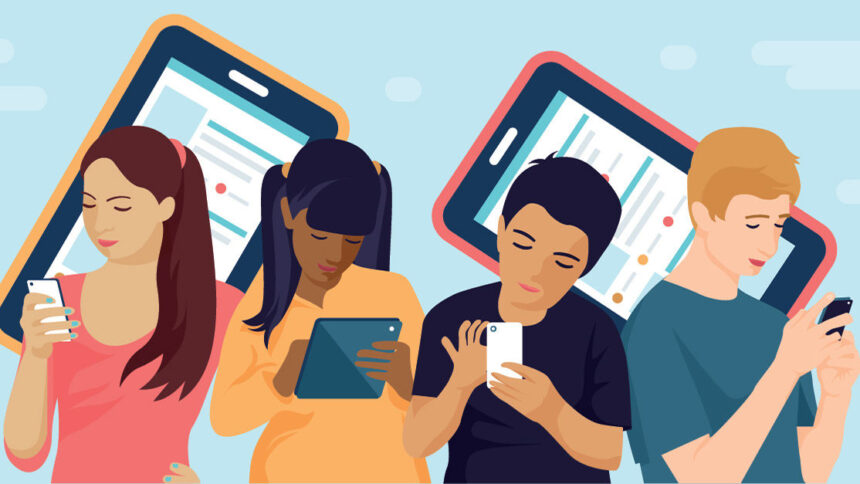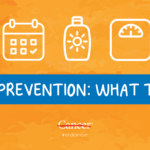Social media has become an integral part of teenagers’ lives, offering a wide range of opportunities for communication, self-expression, and learning. However, it also presents various challenges and risks that can impact their well-being. Understanding both the positive and negative effects of social media on teens is crucial for parents, educators, and the teens themselves to navigate this digital landscape safely and effectively.
Positive Effects of Social Media on Teens
Enhanced Communication
Staying Connected: Social media allows teens to stay connected with friends and family, regardless of geographical distances. Platforms like Instagram, Snapchat, and WhatsApp enable instant communication, fostering relationships and maintaining connections.
Building New Friendships: Teens can meet and connect with peers who share similar interests and hobbies, expanding their social circles and creating new friendships.
Educational Resources and Learning Opportunities
Access to Information: Social media provides teens with access to a vast array of information and educational resources. Educational pages, groups, and influencers can offer valuable insights and knowledge on various topics.
Collaborative Learning: Platforms like YouTube, TikTok, and Pinterest offer tutorials and educational content, helping teens with school projects, hobbies, and learning new skills.
Self-Expression and Creativity
Creative Outlets: Social media platforms like Instagram, TikTok, and YouTube provide teens with opportunities to express themselves creatively through photography, video, art, and writing.
Identity Exploration: Teens can explore and develop their identities by engaging with different communities and expressing their thoughts and ideas in a supportive environment.
Emotional Support and Mental Health Awareness
Support Networks: Social media can offer emotional support through online communities and support groups, where teens can share experiences and seek advice from peers facing similar challenges.
Mental Health Resources: Awareness campaigns and mental health influencers on social media can provide valuable information, coping strategies, and encouragement to seek professional help if needed.
Civic Engagement and Activism
Awareness and Advocacy: Social media empowers teens to engage in social and political issues, raise awareness, and participate in activism. Platforms like Twitter and Instagram are often used to organize and promote social justice causes.
Negative Effects of Social Media on Teens
Mental Health Concerns
Anxiety and Depression: Excessive use of social media can contribute to feelings of anxiety and depression. Constant exposure to curated and idealized images of others’ lives can lead to feelings of inadequacy and low self-esteem.
Cyberbullying: Social media platforms can be a breeding ground for cyberbullying, where teens may experience harassment, threats, or negative comments from peers, causing significant emotional distress.
Addiction and Distraction
Screen Time and Addiction: Teens may become addicted to social media, spending excessive amounts of time online at the expense of physical activities, schoolwork, and face-to-face interactions.
Distraction from Responsibilities: The constant notifications and urge to check social media can distract teens from academic responsibilities and other important activities, impacting their performance and productivity.
Privacy and Security Risks
Exposure to Predators: Teens may be at risk of interacting with online predators who exploit social media to target vulnerable individuals.
Data Privacy: Sharing personal information on social media can lead to privacy breaches and identity theft. Teens may not fully understand the long-term implications of sharing sensitive information online.
Negative Body Image and Self-Esteem
Unrealistic Standards: Exposure to edited and filtered images of influencers and peers can lead to unrealistic body standards, causing teens to develop negative body image and low self-esteem.
Comparison Trap: Constantly comparing themselves to others on social media can lead to feelings of inferiority and dissatisfaction with their own lives.
Sleep Disruption
Blue Light Exposure: The blue light emitted by screens can interfere with the production of melatonin, disrupting sleep patterns and leading to poor sleep quality.
Late-Night Usage: Teens often use social media late at night, reducing the amount of sleep they get and affecting their overall health and cognitive function.
Balancing Social Media Use
To mitigate the negative effects and enhance the positive aspects of social media, it’s important to find a balance in its usage.
Setting Boundaries
Screen Time Limits: Establishing screen time limits can help teens manage their time effectively and reduce the risk of addiction.
Tech-Free Zones: Encourage tech-free zones and times, such as during meals or before bedtime, to promote face-to-face interactions and better sleep hygiene.
Promoting Healthy Habits
Encouraging Offline Activities: Encourage teens to engage in offline activities such as sports, hobbies, and spending time with family and friends to foster a healthy balance.
Critical Thinking: Teach teens to think critically about the content they consume and to recognize the difference between curated online personas and reality.
Open Communication
Discussing Online Experiences: Maintain open lines of communication about social media experiences, discussing both positive and negative encounters to provide guidance and support.
Educating on Privacy: Educate teens on the importance of privacy settings and the potential risks of sharing personal information online.
Conclusion
Social media has the potential to be both a positive and negative influence on teens. While it offers opportunities for communication, learning, self-expression, and activism, it also poses risks to mental health, privacy, and overall well-being. By understanding these effects and promoting balanced usage, parents, educators, and teens can harness the benefits of social media while minimizing its drawbacks. Open communication, setting boundaries, and fostering healthy habits are key to navigating the digital landscape safely and effectively.







